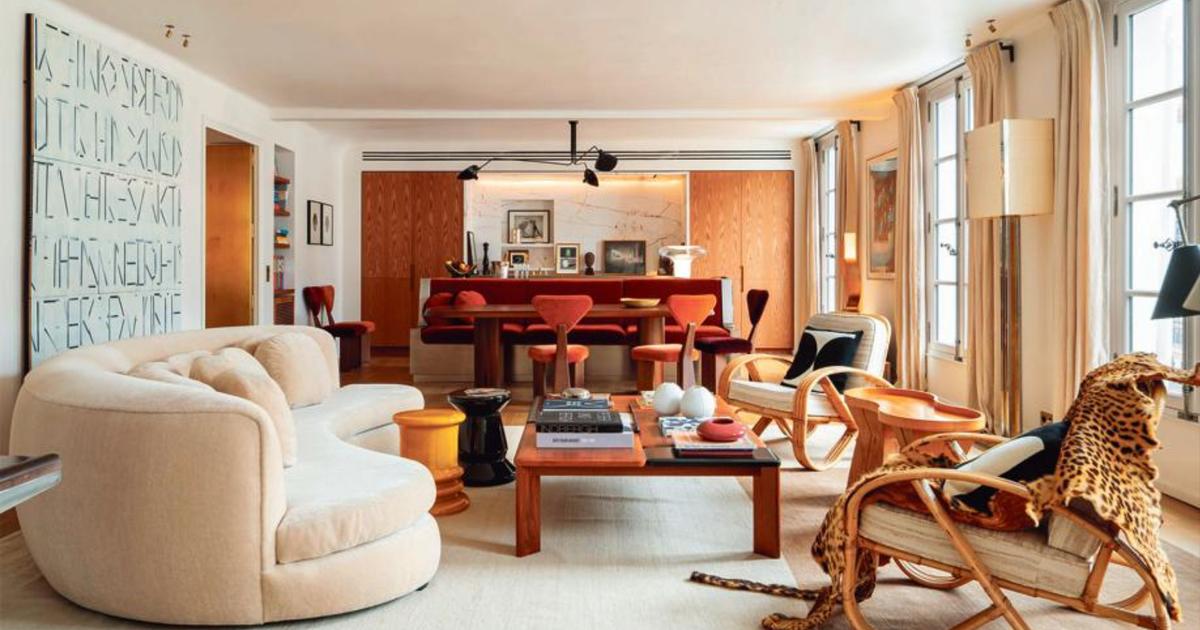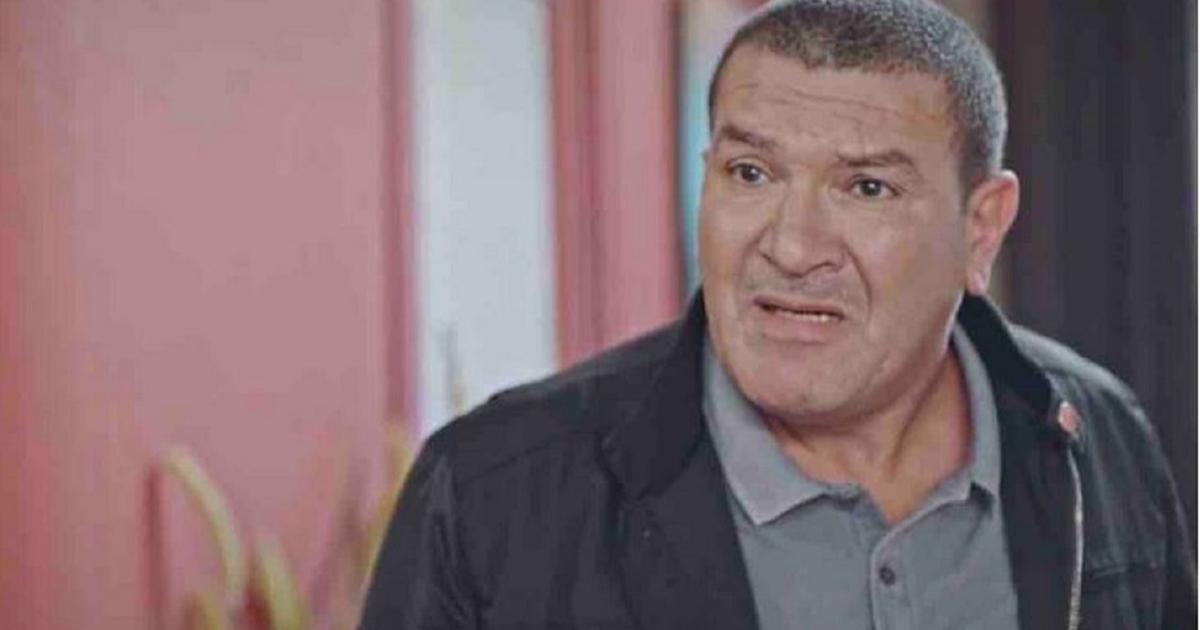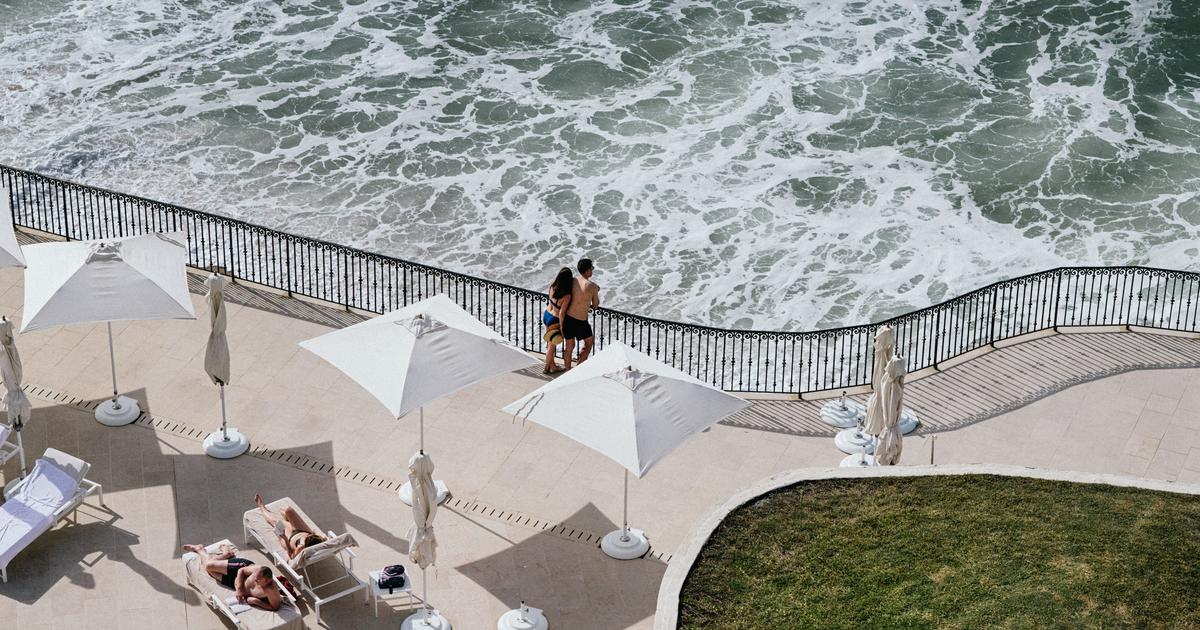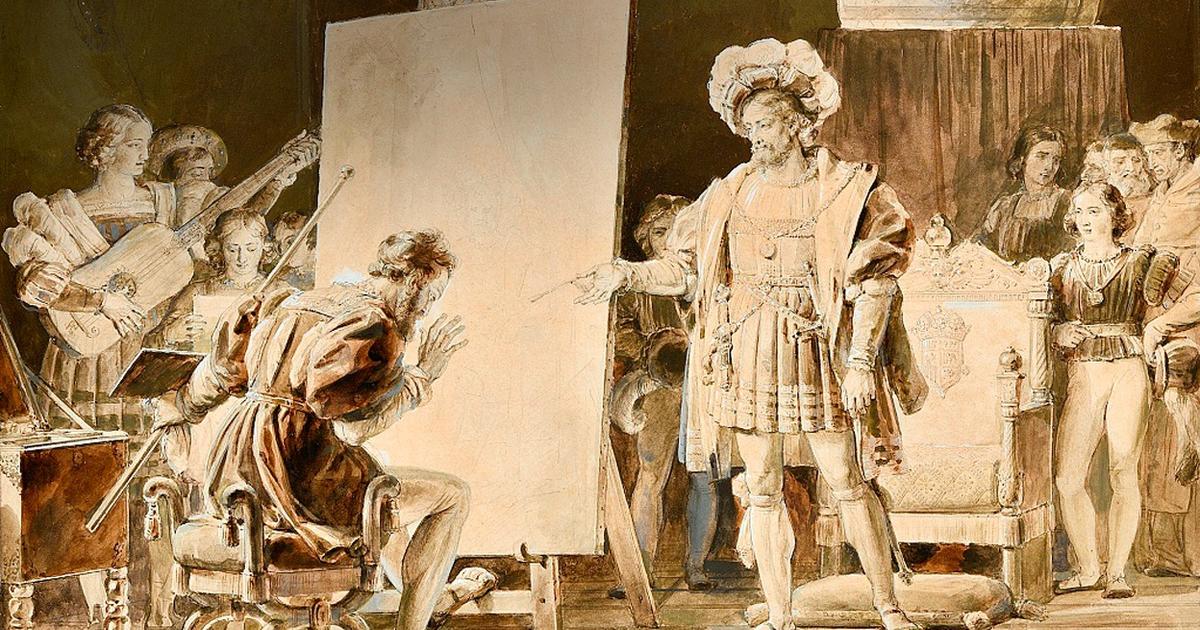Carriages on the quays of the Seine, filth in the suburbs, luxury in private mansions.
And a capital with an explosive atmosphere while the Republic falters, in the midst of the Dreyfus affair.
The series "Paris police 1900", Monday on Canal + (at 9 pm) immerses viewers in the heart of Paname in 1899, at a not so beautiful time when anti-Semitism is well established and anarchists are on the prowl.
Its creator Fabien Nury, author of comics and of the “Guyana” series, was inspired by true facts to imagine this politico-historical thriller which starts with the discovery of a female trunk locked in a suitcase in this brilliantly reconstructed Paris. over eight episodes.
A news item and real characters
"The first key to work is documentation," defends Fabien Nury, who spent a year collecting information on the end of the 19th century and tracking down details to feed scenes.
“It was about trying to extrapolate on the basis of reality,” he adds.
The bloody suitcase affair, unsolved in April 1899, is well documented.
Like that of Fort Chabrol.
They have nothing to do with it and I tried to invent a link ”.
Among the real characters portrayed on the screen, Jules Guérin, president of the Anti-Semitic League and director of the “Antijuif” newspaper, actually took 38 days, from August 12 to September 20, 1899, in a building, 51, rue de Chabrol (Xe) when he was about to be arrested.
At his side in the series, the anti-Dreyfusard butchers of La Villette who served as big arms and the deputy Édouard Drumont, one of the figures of anti-Semitism in France at the time.
We also discover the Prefect of Police Louis Lépine, recalled to restore order in the capital, who in 1924 created a “special brigade” renamed “criminal brigade” twenty years later.
He was also at the origin of the canine and river brigades and equipped police officers with Hirondelle bicycles, seen in fiction.
It was thanks to him that the Police Museum was born, located since 1909 rue de la Montagne-Sainte-Geneviève (Ve).
"I wondered if there were women at the police headquarters at that time," says Fabien Nury.
There were none before 1914, with the exception of 12 nuns who looked after the prisoners.
"
Antisemitism and violence
Head of the forensic identity service, Alphonse Bertillon for his part contributed to the advent of forensic science and forensic anthropometry, this method of listing criminals.
As for Jeanne Chauvin, she was the first female lawyer - she was sworn in at the Paris bar on December 19, 1900 - and the first to plead in 1901.
“The barbarism of the time jumped out at me: senseless political violence, anti-Semitic hatred, male dictatorship, domestic violence, the harshness of the law with these reports of adultery in particular.
You could repudiate an unfaithful woman when there were brothels all over Paris, ”says the creator of the series.
Newsletter The essential of 75
A tour of the news in Paris and in the IDF
Subscribe to the newsletterAll newsletters
Anti-Semitic violence?
“When I discovered the siege of Fort Chabrol with riots throughout the city, I hallucinated, continues Fabien Nury.
The
Antijuif
newspaper
sold 30,000 copies, the National Assembly had 23 anti-Semitic deputies in 1899. ”The scene where Jules Guérin harangues the crowds in his theater and slaughters a pig?
"He made this kind of speech three times a week and I took up verbatims", argues the screenwriter.
Not easy to shoot in Paris
"We tried to go as far as possible to the real Paris rather than reconstituting everything in the studio", insists the chief decorator, Pierre Quéfféléan, who was awarded the title for the film "Goodbye up there".
The team turned to rue Malebranche, in the 5th arrondissement, the least damaged by modernity but which has undergone a 19th century facelift.
The facade of a shop has been re-dressed, the tarred floor covered with earth and straw, period scaffolding installed to hide a contemporary building.
READ ALSO>
"Paris Police 1900": "What a puzzle to shoot in the capital!"
For the offices at 36, quai des Orfèvres, partly reconstructed in the studio, the head decorator was inspired by photos.
In particular to recreate Bertillon's laboratory, equipped with treasures unearthed from collectors and from the Police Museum.
In addition to a derelict mansion in Crèvecœur-en-Bry (Seine-et-Marne), an abandoned spinning factory in Balagny-sur-Thérain (Oise) was taken over and its barn transformed into slaughterhouses in La Villette.
LANDMARKS
Series.
“Paris Police 1900” will be broadcast in 2020 on Canal +.
Season 1 will feature eight 52-minute episodes.
The story.
1899, the Republic is on the verge of explosion, caught between the nationalist and anti-Semitic leagues and the anarchist threat.
The corpse of an unknown woman found in the Seine will propel an ambitious young inspector into the heart of a criminal investigation which will reveal a heavy state secret.
He will cross the road of Lépine, back at the head of a Prefecture poisoned by power struggles, the first female lawyer and a courtesan converted into a spy ... These characters who are opposed will unite to face a Rebellion.
The casting.
Jérémie Laheurte, Évelyne Brochu, Thibault Evrard, Marc Barbe, Eugénie Derouand ...
Shooting.
In Paris, rue Malebranche and rue Le Goff, on the Quais de Seine….
In Ile-de-France at the Château de Crèvecoeur-en-Brie in the studios of Bry-sur-Marne.














